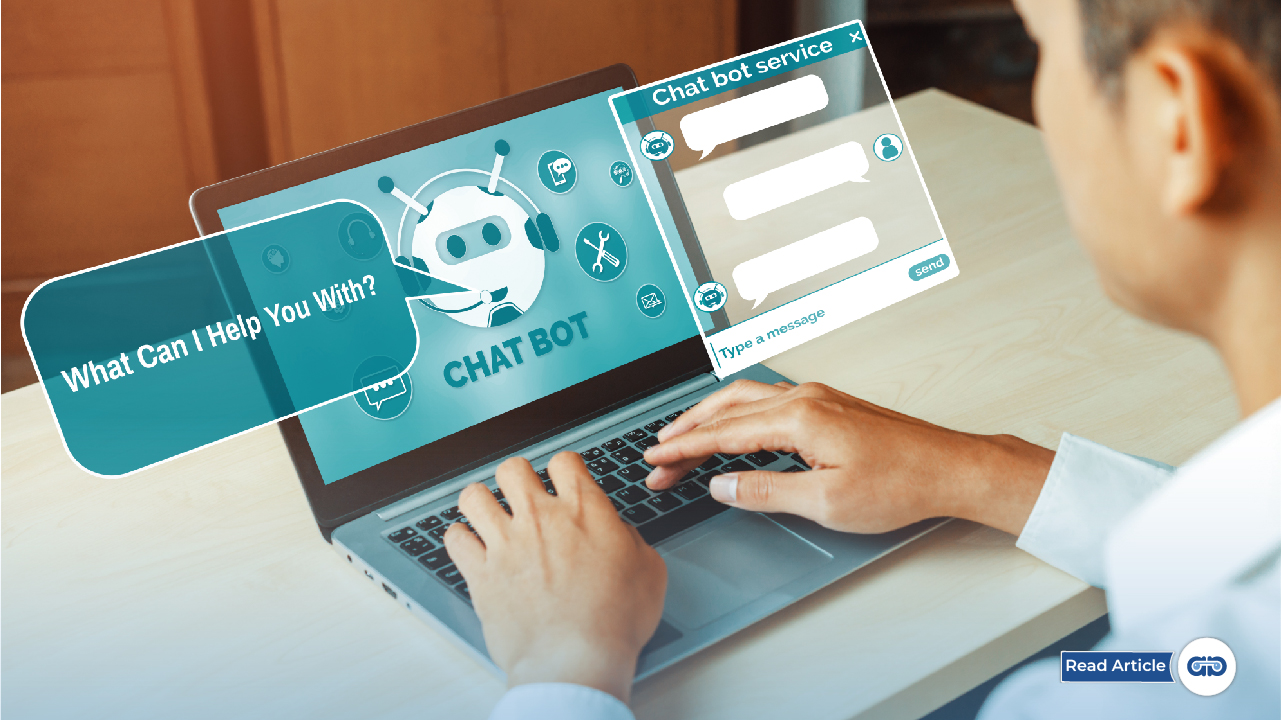We’re in a time where customers value experiences more than just products or services. The quality, personalization, and emotional impact of a brand interaction are often more important to people than what they actually buy.
Today’s consumers are digitally native, impatient, and used to getting what they want right now. In this landscape, a generic brand experience is no longer enough. Personalization has evolved from a marketing buzzword into a foundational pillar of customer loyalty. But personalization alone won’t cut it anymore; businesses need to harness real-time personalization powered by automation for the best results.
The Shift from Static to Dynamic Personalization
Traditional personalization is often rule-based and delayed. It might show you a product based on a past purchase or your demographic profile, but that’s not the same as meeting a customer at the moment.
Suppose a user browses noise-canceling headphones at 11 PM. Ten minutes later, they receive a push notification with a personalized discount on that exact product, before they even think of comparing options on another site. That’s not a coincidence. That’s an example of real-time personalization fueled by data, automation, and intelligent decision making.
Consumers now expect brands to not just know them, but to act on that knowledge in milliseconds.
What is Real-Time Personalization?
Real-time personalization is the ability to tailor experiences, such as content, offers, service responses, recommendations, and more, based on customer behavior as it happens. It relies on:
Live behavioral data (clicks, scrolls, session history, geolocation, device type)
Automated decision engines that interpret signals instantly
Delivery systems that update interfaces, content, or outreach dynamically
This personalization happens within seconds, not hours or days. And it’s completely automated. There’s no marketing team pushing buttons in the background. The system does the job itself.
How Automation Makes It Possible
Automation is the muscle behind real-time personalization. Here’s how it works:
These systems learn continuously by analyzing historical tickets, agent feedback, and resolution outcomes. The more data they are exposed to, the better they become at identifying patterns and making decisions. It is much like a well-trained human agent, but faster and more consistent.
Conversational AI: The Frontline of Real-Time Personalization
In the modern customer journey, the first touchpoint is often a conversation. It might be a chat window, a voice command, a WhatsApp message, or others.
Unlike static web pages or broadcast emails, conversational AI tools, like AI Assistants enable dynamic, personalized experiences through dialogue. The moment a customer engages, these systems instantly analyze context, intent, and prior behavior to tailor their responses. And they do it in milliseconds.
How Conversational AI Enhances Real-Time Personalization:
Intent-Based Engagement
Conversational AI detects user intent, whether someone wants to buy, inquire, complain, or explore, and adapts the tone, flow, and CTA accordingly. A returning customer browsing premium plans may get a concierge-style experience, while a first timer may be gently guided through options.
Memory and Context Awareness
Smart bots remember past interactions, preferences, and even emotional cues. If a customer previously faced a service issue, the AI could acknowledge it upfront and offer a proactive solution.
Real-Time Offer Surfacing
Instead of sending an email 6 hours later, conversational AI can offer an upsell, coupon, or recommendation during the live interaction, right when customer intent is highest.
Omnichannel Conversational Flow
Today’s AI Assistants don’t just live on websites. They operate across Instagram DMs, WhatsApp, SMS, mobile apps, and voice assistants. This ensures your real-time personalization is not only immediate but wherever your customers already are.
Examples of Conversational AI Powering Real-Time Personalization
E-commerce & Retail
A returning customer types, “I need gift ideas for a 5-year-old.” The bot references past purchases, filters by age, and offers toy recommendations based on trending items and in-stock availability within seconds.
Banking & Financial Services
A user messages their digital banking assistant saying, “I’m planning a vacation.” The AI Assistant responds with personalized savings plan options, pulls up travel insurance details, and shows nearby ATM services in the user’s destination, all in one fluid conversation.
Media & Entertainment
A user types “I want something light-hearted to watch with kids tonight.” The AI Assistant filters family-safe comedies, prioritizes high-rated shows from the same region or language, and offers a “Watch Now” shortcut.
Travel & Hospitality
A frequent flier messages the airline’s WhatsApp bot, “My flight is delayed.” The AI Assistant not only confirms the delay, but also offers food voucher options, nearby lounge access, and alternate routes in real time
Healthcare & Wellness
A patient opens a hospital’s conversational AI service to ask about symptoms. Based on their profile and recent checkups, the AI Assistant responds with personalized next steps, whether it’s a self-care guide, a teleconsultation link, or the nearest clinic with availability.
Education & EdTech
A student revisits a lesson they struggled with. The AI assistant remember their weak topics and offer bite-sized revision materials or a short quiz, customized to help them master that concept.
In Conclusion
Real-time personalization through automation is definitely a CX revolution.
It empowers brands to treat millions of customers individually, to anticipate rather than react, to serve rather than interrupt, and to make every digital moment feel like it was crafted for just one person (the one on the other side of the screen).
In a world that’s always-on, always scrolling, and always comparing, brands have just one shot to impress. So, make it personal; make it now.

